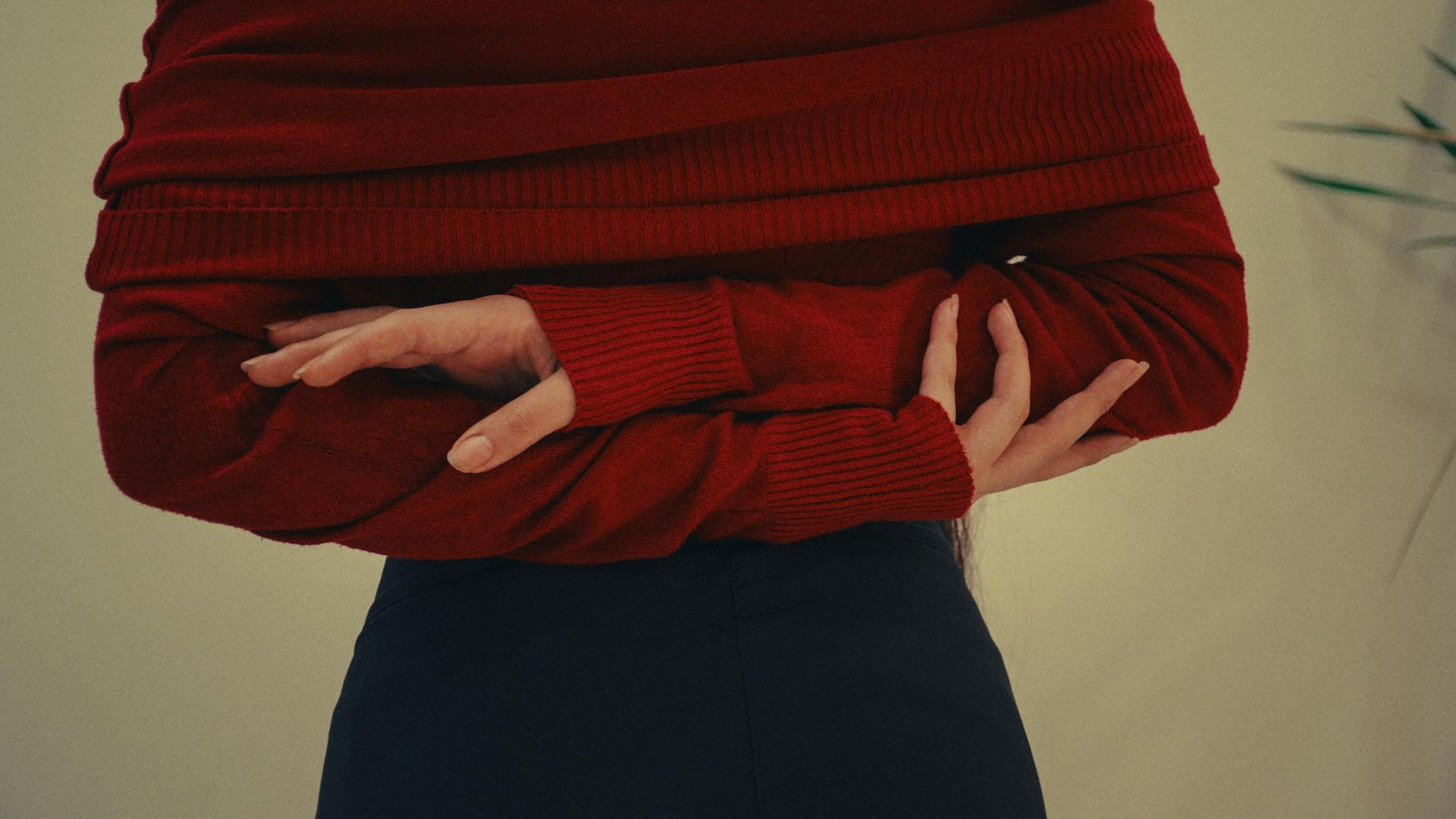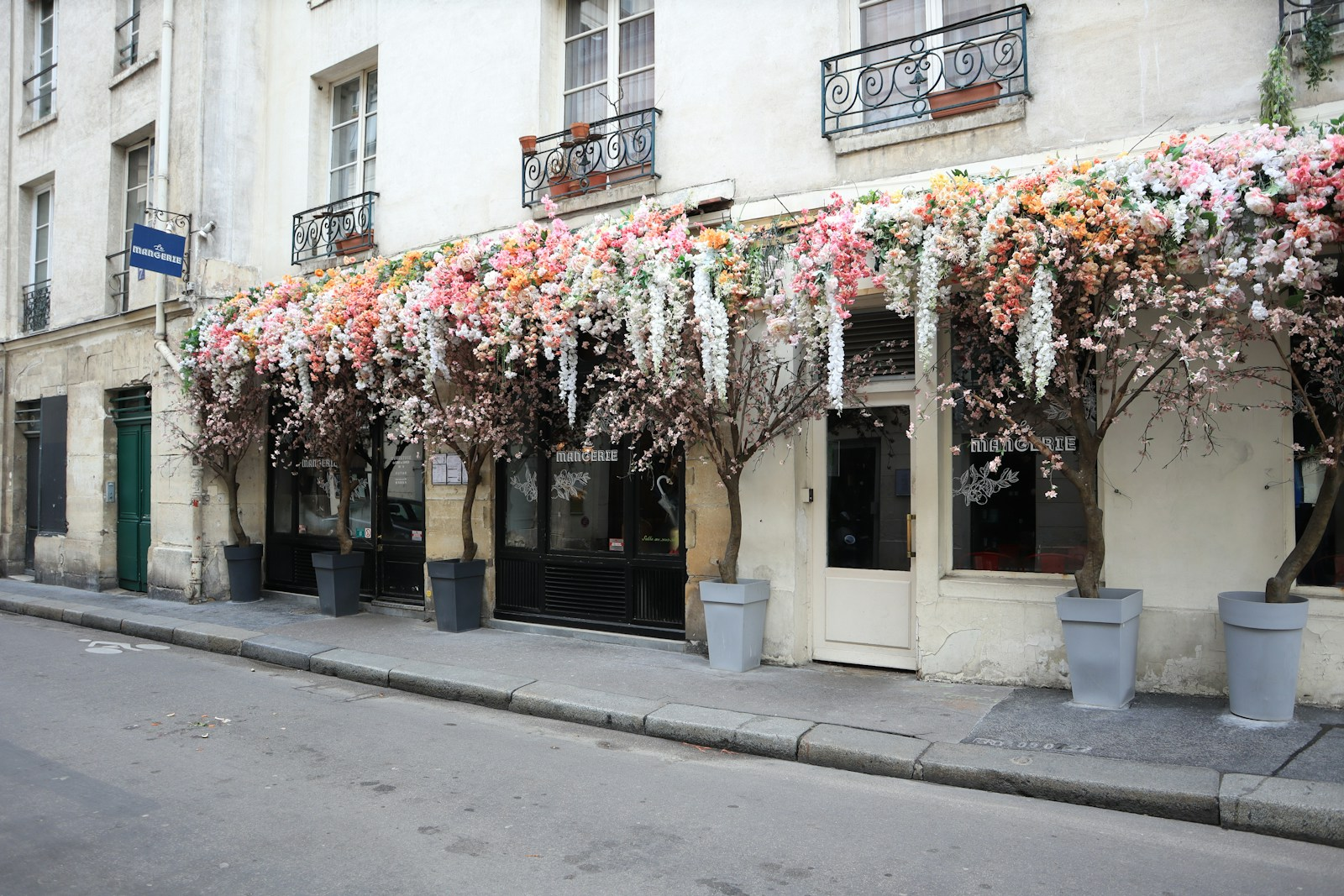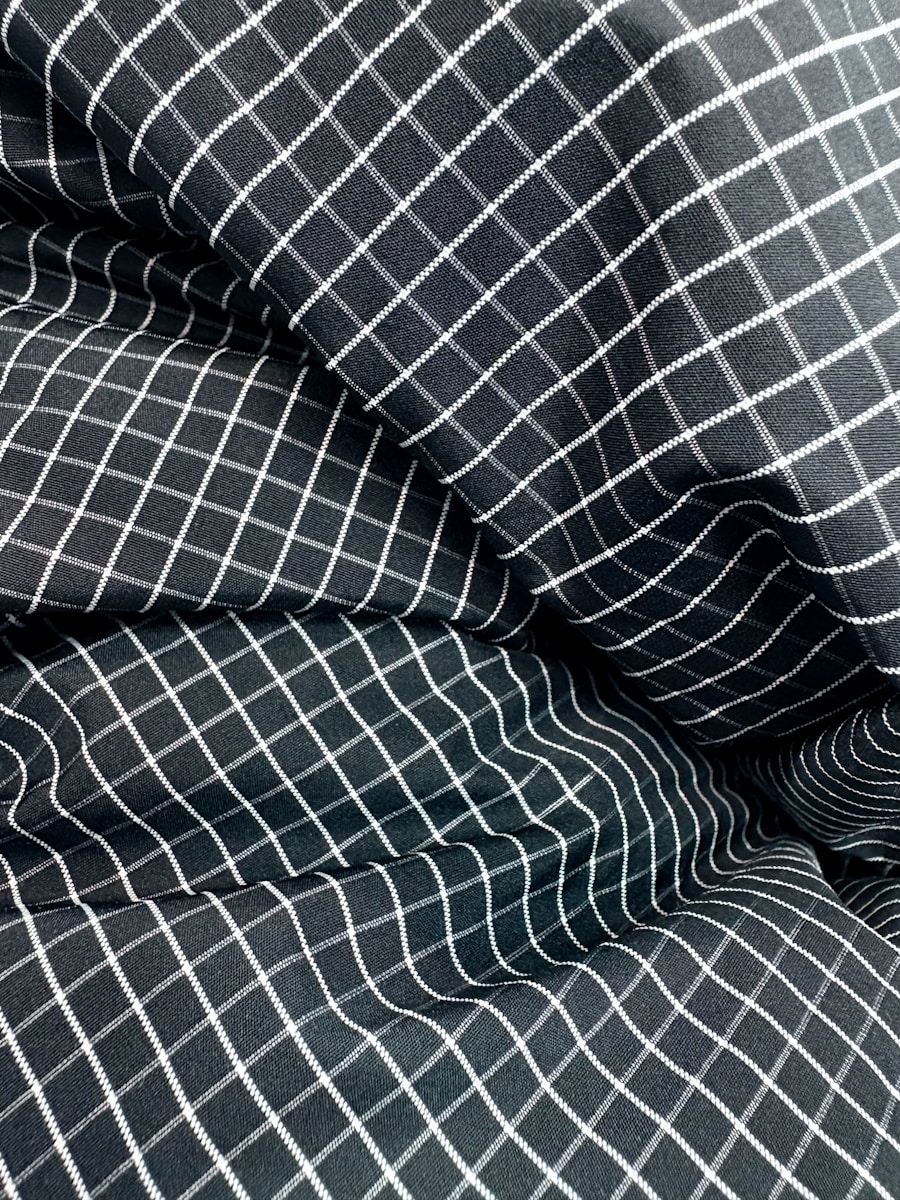The 1990s marked a revolutionary shift in women’s fashion, moving away from the excess of the 1980s toward something entirely different: minimalism. This aesthetic transformation didn’t just change how women dressed—it redefined the very concept of sophistication and elegance in fashion.
The Cultural Context Behind 90s Minimalism

The early 1990s brought economic uncertainty and cultural fatigue with the ostentatious displays of wealth that characterized the previous decade. Women were entering the workforce in unprecedented numbers, demanding clothing that reflected their new roles while maintaining elegance and professionalism.
This cultural shift created the perfect environment for minimalism to flourish. Fashion became less about making a statement through embellishment and more about making an impact through restraint.
Key Elements That Defined 90s Minimalist Fashion

Clean Lines and Simple Silhouettes
The hallmark of 90s minimalism was its commitment to clean, uninterrupted lines. Designers stripped away unnecessary details, focusing instead on the pure form of garments. Blazers became architectural, dresses followed the body’s natural shape without excessive tailoring, and pants featured straight, uncomplicated cuts.
Neutral Color Palettes

The 90s minimalist palette was deliberately restrained: black, white, beige, gray, and cream dominated collections. These colors weren’t chosen arbitrarily—they represented a philosophy of timelessness and versatility. A wardrobe built on these foundations could be mixed, matched, and worn across seasons without appearing dated.
Quality Over Quantity
Minimalism in the 90s wasn’t just about appearance—it represented a shift in values. Instead of accumulating numerous trendy pieces, women invested in fewer, higher-quality items. This approach emphasized craftsmanship, luxurious fabrics, and construction that would endure both physically and stylistically.
The Designers Who Shaped the Movement
Calvin Klein: The American Minimalist

Calvin Klein became synonymous with American minimalism, creating collections that embodied effortless sophistication. His slip dresses, tailored blazers, and clean-lined separates became wardrobe staples. Klein understood that minimalism wasn’t about simplicity—it was about perfection in every detail.
Jil Sander: The Queen of Less

German designer Jil Sander elevated minimalism to an art form. Her approach was almost architectural, creating garments that celebrated the beauty of pure form. Sander’s designs proved that removing elements could be more powerful than adding them.
Prada’s Intellectual Approach

Under Miuccia Prada’s direction, the Italian house embraced a more intellectual form of minimalism. Clean lines were paired with unexpected fabrics and subtle subversions that challenged traditional notions of luxury.
Iconic Pieces That Defined the Era
The Slip Dress

Perhaps no single garment embodies 90s minimalism better than the slip dress. Originally an undergarment, it was transformed into the ultimate expression of understated elegance. Worn alone or layered, the slip dress became a versatile foundation piece.
The Minimalist Blazer

The 90s blazer was characterized by its clean lines, minimal lapels, and perfect fit. Unlike the power shoulders of the 80s, these blazers achieved authority through precision rather than volume.
Straight-Leg Trousers

Tailored trousers with straight legs became the uniform of the minimalist woman. They offered professional polish while maintaining comfort and versatility.
The Influence on Modern Fashion
The impact of 90s minimalism extends far beyond its decade. Contemporary designers continue to reference this era, understanding that its principles remain relevant. The concept of a capsule wardrobe, now popular among sustainable fashion advocates, has its roots in 90s minimalist thinking.
Sustainable Fashion Connection
Today’s emphasis on sustainable fashion aligns perfectly with 90s minimalist principles. The focus on quality, versatility, and timeless design supports the idea of consuming less while choosing better.
Modern Interpretations
Current fashion houses regularly revisit 90s minimalism, updating classic silhouettes with contemporary touches. The enduring appeal lies in the aesthetic’s fundamental truth: good design doesn’t need ornamentation.
The Psychology of Minimalist Dressing
90s minimalism appealed to women for psychological reasons beyond mere aesthetics. The simplified wardrobe reduced decision fatigue while projecting competence and sophistication. In a rapidly changing world, minimalist fashion offered stability and confidence.
Professional Impact
For women establishing themselves in corporate environments, minimalist fashion provided the perfect solution. It commanded respect without being distracting, allowed personality to shine through fit and quality rather than embellishment.
Why 90s Minimalism Remains Relevant
The principles established during the 90s minimalist movement continue to influence fashion because they address fundamental human needs: the desire for quality, versatility, and timeless appeal. In an era of fast fashion and constant trend cycles, the minimalist approach offers a sustainable alternative.
The aesthetic’s enduring power lies in its ability to make the wearer, rather than the clothing, the focal point. This philosophy resonates with contemporary women who value authenticity and substance over superficial trends.
90s minimalism proved that sometimes, less truly is more, and that the most powerful statement might be the quietest one.




